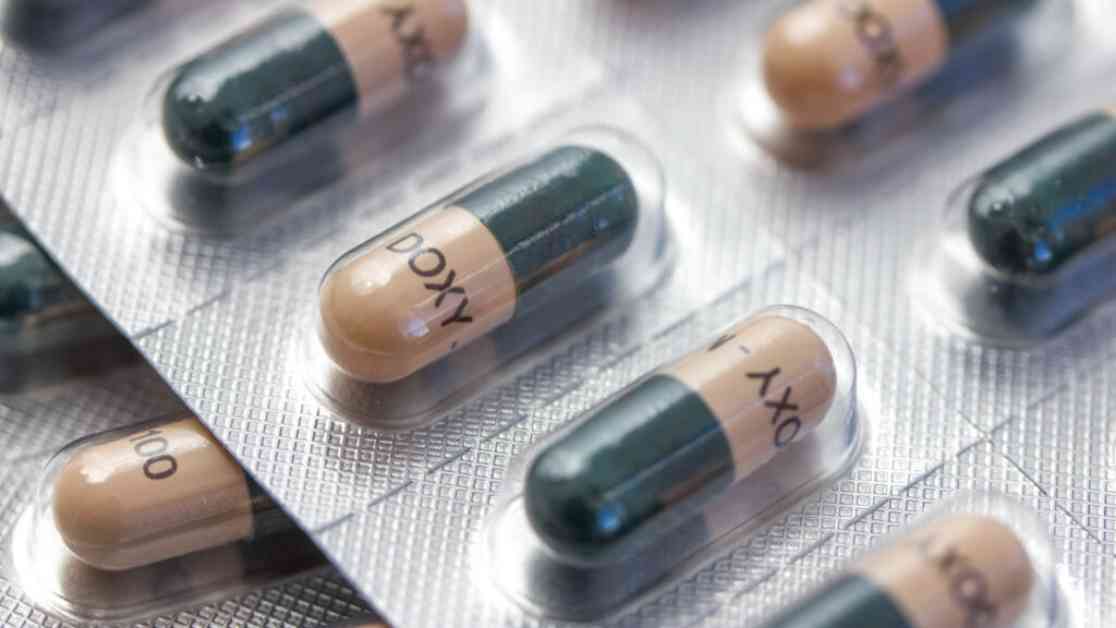The Centers for Disease Control and Prevention (CDC) recently released new guidelines recommending the use of prophylactic antibiotics to combat sexually transmitted infections (STIs) in high-risk groups. The guidelines suggest taking doxycycline, an antibiotic, within 72 hours of engaging in sexual activity for individuals at a higher risk of contracting syphilis, chlamydia, and gonorrhea.
While doxycycline has been used to prevent malaria infection in the past, this is the first time it is being recommended as a prophylactic measure against STIs. The CDC believes that this new approach could be a valuable tool in the fight against STIs, especially considering the recent increase in syphilis cases in the United States.
Based on evidence from large randomized trials, a 200 mg dose of doxycycline taken after potential exposure to sexually transmitted bacteria has shown to reduce chlamydia and syphilis infections by more than 70% and cut gonorrhea infections in half. While the effectiveness against gonorrhea may be limited, the prophylaxis has the potential to control the spread of chlamydia and syphilis.
The guidelines specifically recommend the use of doxycycline post-exposure prophylaxis (doxy PEP) for men who have sex with men and transgender women who have had at least one bacterial STI in the previous 12 months. Providers are advised to prescribe the antibiotic for self-administration after sexual activity.
Although the official guidelines do not explicitly state that doxycycline should be taken after unprotected sex, the studies supporting the recommendation tested the antibiotic in such scenarios. The CDC emphasizes that the benefits of doxy PEP are significant for individuals who are not using condoms and are at a higher risk of acquiring STIs.
The new guidelines stress shared decision-making between patients and healthcare providers and recommend reassessing the need for prophylaxis every three to six months, including regular STI testing. Additionally, the guidelines highlight the importance of equitable distribution and access to ensure the effectiveness of the prophylaxis programs.
Ongoing studies will continue to evaluate the effects of doxycycline post-exposure prophylaxis in preventing infections and its potential impact on the development of antimicrobial resistance. While current research indicates limited potential harm from the prophylaxis, further studies are needed to fully understand its long-term implications.
In conclusion, the use of prophylactic antibiotics like doxycycline could be a significant step in reducing the transmission of STIs in high-risk groups. Continued research and monitoring will be essential to assess the effectiveness and safety of this approach in the long run.




